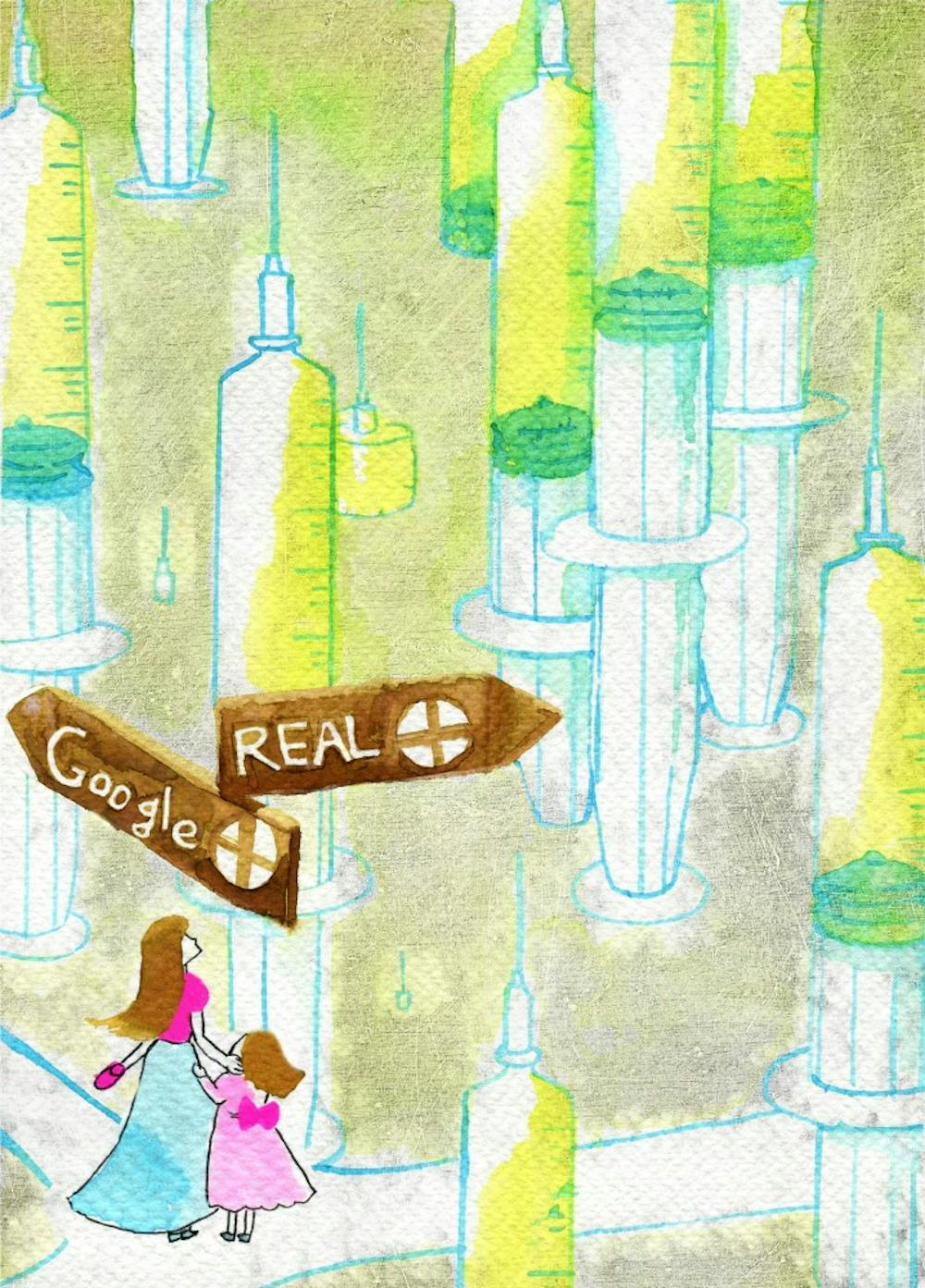Teenagers in Erie County and across the United States have access to one of few vaccinations that can protect them against cancer. But in Buffalo, only around 30 percent of girls ages 13 to 17 have received the shot that can protect them from the human papillomavirus (HPV).
This rate is lower than the national average of 38 percent (only 14 percents of boys nationwide are vaccinated).
The vaccine, which protects individuals against HPV – the most common STI, which causes most cervical and other forms of cancer as well as genital warts – is only effective in preventing cervical cancer when females receive it between the ages of 10 and 25.
Essentially, the HPV vaccine is a limited-time offer, one which is all too often stymied by misinformation, fear and even mere inconvenience.
Officials are striving for an 80 percent vaccination rate by 2020, but the amount of parents choosing not to vaccinate their children is increasing. In 2008, 39.8 percent of parents didn’t vaccinate their children but by 2010, that number rose to 43.9 percent.
Vaccinations in general are a frustratingly controversial issue in the United States (who would have thought life-saving medications would still be a matter of contention in 2015?) but the HPV vaccine faces an additional hurdle because it protects against an STI.
Considering the vaccine is typically administered at around 11 or 12 years old, before most teenagers become sexually active, this often gives parents pause.
But the vaccine offers lifelong protection – receiving the shots in elementary school doesn’t encourage sixth-graders to start having sex.
Even the Catholic Medical Association supports the administration of the vaccine, which should certainly alleviate even the most conservative parents’ concerns.
The somewhat sensitive nature of the vaccine, however, is not the only challenge Erie County faces in raising its vaccination rates.
The Gardasil vaccine, one of the two HPV vaccinations available, also has a high rate of minor side effects, something that may deter teenagers and parents. About 80 percent of people experience pain and about 25 percent of people have redness or swelling after receiving the shot. Fevers are also not uncommon – 10 percent of people have fevers of about 100 degrees. Other symptoms include headaches (33 percent of people) and brief fainting spells, according to the Centers for Disease Control and Prevention.
The vaccine requires three separate shots, making it necessary for parents to make multiple trips to the doctor in a six-month span of time. For busy, working parents, this inconvenience may be the last straw, especially for those who are reluctant about the vaccine to begin with.
Without insurance, the vaccine is also prohibitively expensive, with each dose costing up to $170. Though services do offer reduced price for uninsured patients, these programs need to be more widespread – and better advertised.
To increase vaccination rates – and reduce fear mongering – the HPV vaccine needs to become part of everyday conversation.
Radio and television ads should be played frequently, explaining the benefits, offering solutions regarding the cost and debunking inaccurate claims about the vaccine’s risks.
And on a smaller-scale, physicians face the challenge of providing information to parents and offering encouragement while still respecting their right to make decisions for their children. Parents shouldn’t feel attacked in the doctor’s office, but medical professionals should do everything they can to promote the vaccination.
Fortunately, because the vaccination is effective on individuals up to 25 years old, outreach can also be directed at unvaccinated individuals once they’re old enough to make their own medical decisions.
It’s critical to encourage unvaccinated but independent young adults to get the shots, as these individuals only have a limited amount of time to get the vaccine and protect themselves. Reaching out to the young adults whose parents couldn’t be swayed is the last opportunity for medical professionals to help.
There should be specifically targeted outreach on college campuses and in the community to make the necessity and the availability of this vaccine known.
It’s not overly dramatic to state that receiving this vaccine is a matter of life and death – this is a life-saving measure that should never go to waste.
email: editorial@ubspectrum.com





